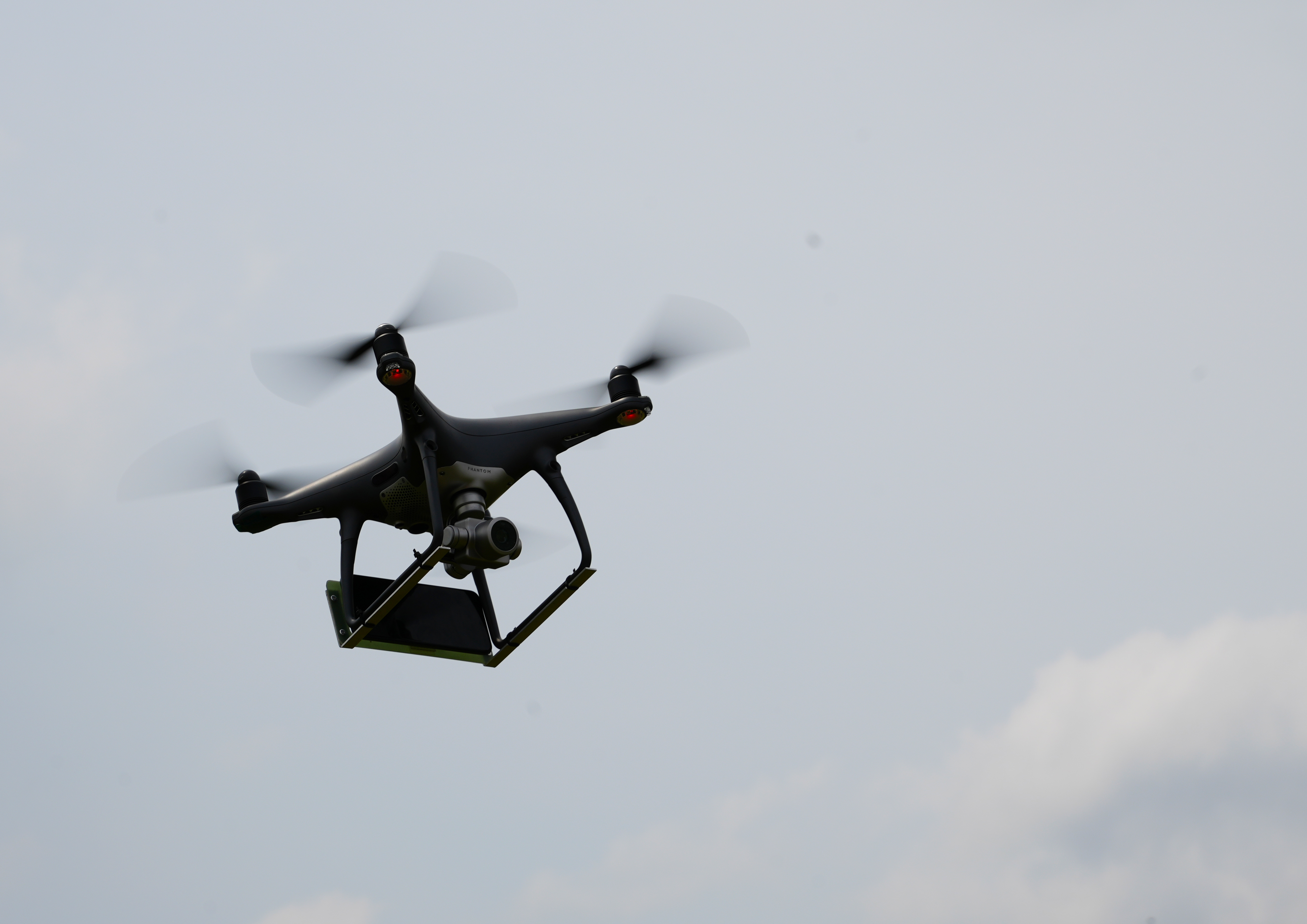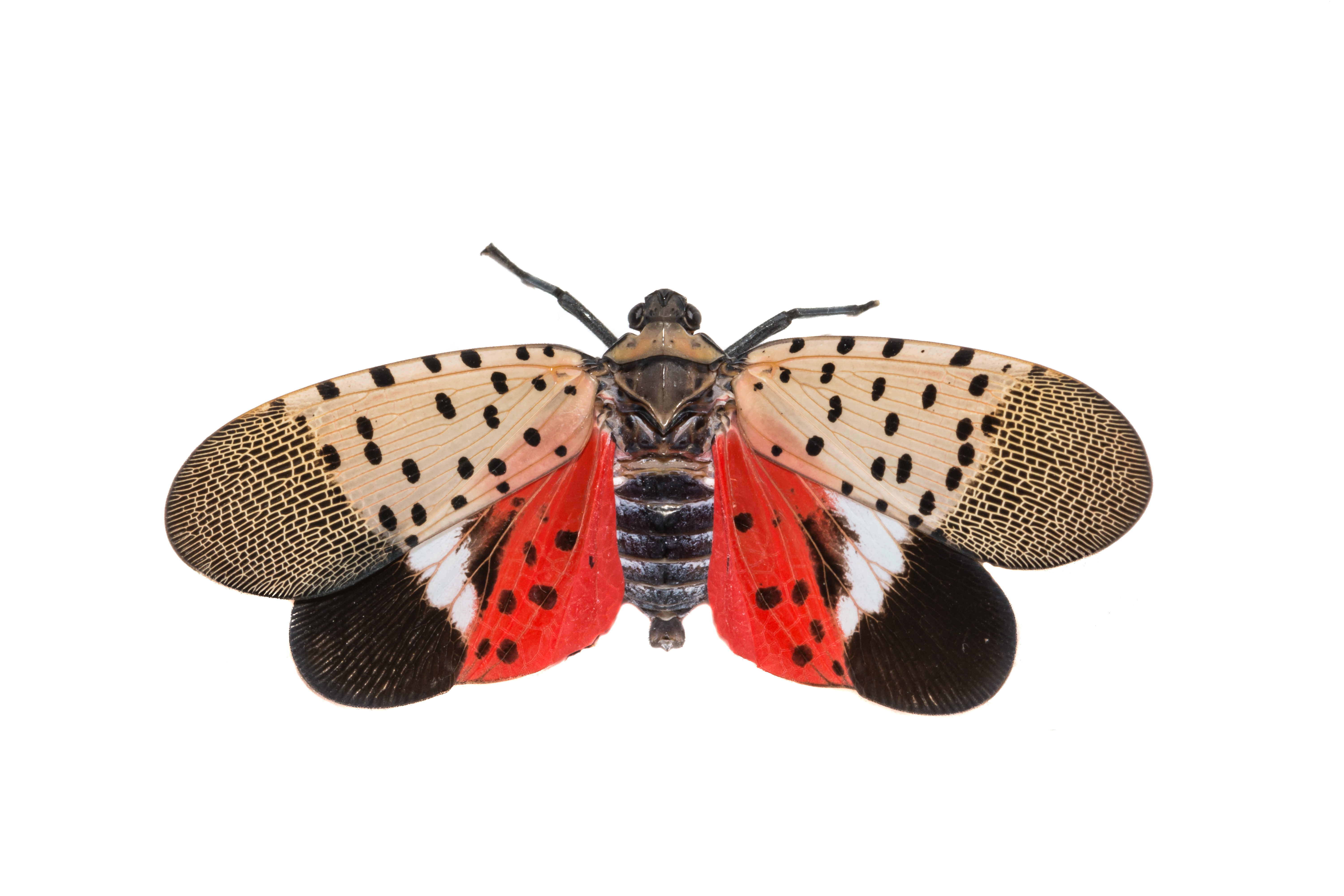How Mechatronics Is Ushering in a New Agricultural Revolution
August 10, 2023The fusion of mechanical engineering, electronics, computer science, and control engineering has given birth to mechatronics – a cutting-edge discipline that is revolutionizing industries like manufacturing, healthcare, and transportation. Perhaps the most significant impacts, however, will be seen in agriculture. By integrating smart and automated systems into farming practices, mechatronics is enhancing precision, efficiency, and sustainability in agriculture. Many of these technologies are already being used, with their rapid enhancements and more widespread adoption likely to pay dividends for farmers across the country.
Revolutionizing Crop Management with Drones
Drones have become indispensable tools for modern farmers, revolutionizing traditional farming practices and increasing productivity by monitoring crops. Drones equipped with cameras and sensors can capture high-resolution images of crops and farmland, which can provide valuable insights into plant health. Early detection of disease, nutrient deficiency, and pest infestations allow farmers to take quick action, preventing potential losses and reducing the need for pesticides. They can also provide a comprehensive view of crop development, helping farmers make informed decisions about when to irrigate, apply treatments, or harvest.
Drones are also critical to supporting precision agriculture by creating accurate field maps and identifying variability in soil types and conditions. This data helps farmers optimize irrigation and fertilizer applications so treatments can be tailored to the needs of specific crops while reducing waste and minimizing environmental impact. For example, drones can be equipped with seed dispersal systems, allowing for precise and targeted planting in large areas, including hard-to-reach or uneven terrains.
Beyond crop monitoring, drones can be used to detect temperature anomalies caused by pests or diseases in crops, as well as monitor and manage livestock in large grazing areas. With their ability to cover vast areas quickly and efficiently, drones can offer farmers real-time data and insights that were previously inaccessible.
Pioneering a New Era of Farming with Autonomous Tractors
Like drones, autonomous tractors are transforming the future of farming. These self-driving machines handle critical tasks like planting, plowing, and harvesting with unparalleled precision and efficiency. Leveraging GPS, sensors, and advanced control algorithms, autonomous tractors navigate fields seamlessly, avoiding obstacles and ensuring uniform coverage.
This level of precision enhances crop planting with straighter rows and more accurate positioning, minimizing resource waste and maximizing crop yield. These intelligent tractors contribute to better soil health and sustainability by preventing unnecessary soil compaction and minimizing fertilizer and pesticide usage. Equipped with sensors, they gather valuable data during operations, enabling data-driven decision-making and optimized farming practices.
Operating without human intervention, autonomous tractors' adaptability, scalability, and time-saving capabilities make them invaluable assets for modern farms. They optimize farm efficiency by reducing labor costs and freeing up time for other responsibilities while enhancing safety in challenging terrains and adverse weather conditions.
Battling Invasive Pests like the Spotted Lanternfly
Perhaps the most significant use of mechatronics technologies in agriculture comes in the form of pest control systems. These innovative systems, driven by advanced sensors, drones, and AI algorithms, provide efficient and targeted management strategies to safeguard crops from the relentless threat of invasive species. Notably, mechatronics technologies are on the front lines of the fight against the spotted lanternfly invasion in the eastern United States.
Spotted lanternflies are an invasive pest species that pose a significant threat to agricultural regions, particularly in Maryland and Pennsylvania. These voracious pests can ravage crops and cause substantial economic losses. Mechatronics technology offer promising solutions.
Drones equipped with infrared sensors and machine learning algorithms conduct aerial surveys and detect infestations and affected areas. Robots are being developed that autonomously destroy the lanternflies’ egg sacs, hoping to eliminate the problem before it begins. Automated traps and lures attract and capture spotted lanternflies, enabling farmers to monitor pest populations and assess control measures' effectiveness.
Early detection enabled by drones and other mechatronic systems allows for timely intervention, preventing widespread infestations and minimizing damage to crops. By reducing chemical usage, these systems lead to cost savings for farmers and lower the risk of pesticide resistance. Most importantly, they contribute to enhanced crop health and higher yields, safeguarding the livelihoods of farmers and ensuring food security in the region.
Embracing a Mechatronics-Driven Future in Agriculture
With mechatronics, farmers can achieve increased productivity and higher crop yields. They can gather valuable insights into crop health and enable early detection of issues that can inform early action. They improve precision, consistency, and safety, ultimately leading to more cost-effective solutions and more stable productivity. And because these technologies make better use of resources like water and chemicals, they are helping farmers improve sustainability and reduce environmental impact.
With these significant advantages, the integration of mechatronics technologies in agriculture promises a transformative future, fostering more sustainable practices, and driving increased efficiency in modern farming. As technology continues to advance, the use of mechatronics in agriculture is expected to grow rapidly, empowering farmers to overcome challenges and secure a bountiful future for the industry. Capitol Technology University has a variety of degree programs in fields like mechatronics engineering, unmanned systems, and engineering technologies that can position you to lead this new mechatronics revolution. For more information, visit the Capitol website or contact our Admissions team at admissions@captechu.edu.




